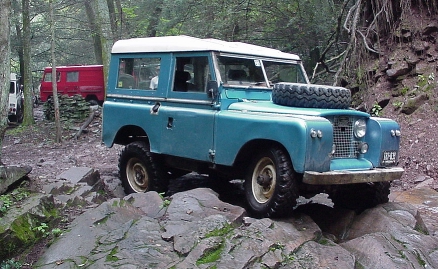Have just read an interesting article in Land Rover Owner, wrt the Falklands. I’ll try and bring up some interesting information later. But it looks like I will have to type in pertinent quotes, and see if I can locate the pictures online.
It is particularly about a Series IIA that was used by both sides of the conflict.
I make NO apologies, right now, that this is a British Magazine and will be written with a British bias. Although I can’t find anything in it that is insulting to the Argentines, there may be something that they do. If easily offended do NOT read.
The article, and quite possibly the quotes I use, uses pictures such as the Sun headline “Gotcha” for the sinking of the Belgrano and describes one families hurried eviction from a house to the Community Centre on Goose Green in which they used their Rover to transport them.
I would also point out that I am a Land Rover owner, and a Land Rover addict. I get this magazine monthly, and there is nothing on the front cover wrt Falklands either. In short I haven’t gone out of my way to find an Argie bashing/embarassing article.




_Scimitar.png/300px-FV107_CVR(T)_Scimitar.png)

